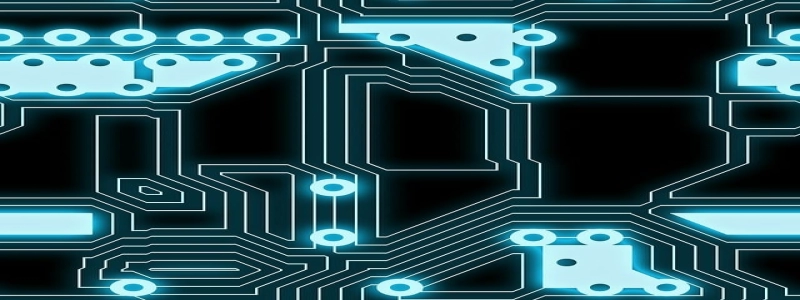Optical Power
Introduction:
Optical power, also known as radiant power, refers to the amount of optical energy per unit time emitted, transmitted, or received by a device. It is an essential parameter in the field of optics and plays a crucial role in the design and operation of optical systems. This article will delve into the concept of optical power, its measurement, and its relevance in various applications.
1. Definition of Optical Power:
Optical power is defined as the rate at which optical energy is transferred in a given medium. It is expressed in units of watts (W) and represents the amount of energy carried by electromagnetic waves in the form of photons. Optical power can be categorized into two types: radiometric power and photometric power. Radiometric power includes all wavelengths of the electromagnetic spectrum, while photometric power only accounts for the wavelengths visible to the human eye.
2. Measurement of Optical Power:
There are several methods to measure optical power accurately. One commonly used device is the optical power meter. It consists of a photodiode that converts light into an electrical current, which is then measured and displayed as optical power. Another technique involves using a calorimetric measurement, where the light is absorbed by a material, and the resulting temperature change is used to determine the optical power. Spectroradiometers and integrating spheres are other instruments used for precise optical power measurements.
3. Importance of Optical Power in Optical Systems:
Optical power is a fundamental parameter in the design and operation of optical systems. It determines the intensity of light at a given point and plays a key role in defining the range, brightness, and focusing capabilities of optical devices. In optical communication systems, accurate control of optical power is crucial to ensure reliable data transmission over long distances. Moreover, in laser applications, such as laser cutting or medical laser treatments, precise control of optical power is necessary to achieve desired outcomes without damaging the target material or tissue.
4. Applications of Optical Power:
Optical power finds significant applications in various fields, including telecommunications, medicine, astronomy, and material processing. In telecommunications, optical power is used to quantify the performance of optical fibers and ensure efficient data transmission. In medicine, optical power is utilized in optical coherence tomography (OCT) to visualize and diagnose ocular and vascular conditions. Astronomers use optical power measurements to study celestial objects and gather valuable data about the universe. In material processing, optical power is harnessed for laser welding, marking, and cutting applications.
Conclusion:
In conclusion, optical power is a vital parameter in the field of optics, responsible for quantifying the amount of optical energy transferred in a medium. Precise measurement and control of optical power are essential in various applications, ranging from telecommunications to medicine and material processing. Understanding optical power enables researchers and engineers to optimize the performance of optical systems, resulting in improved functionality and efficiency.








